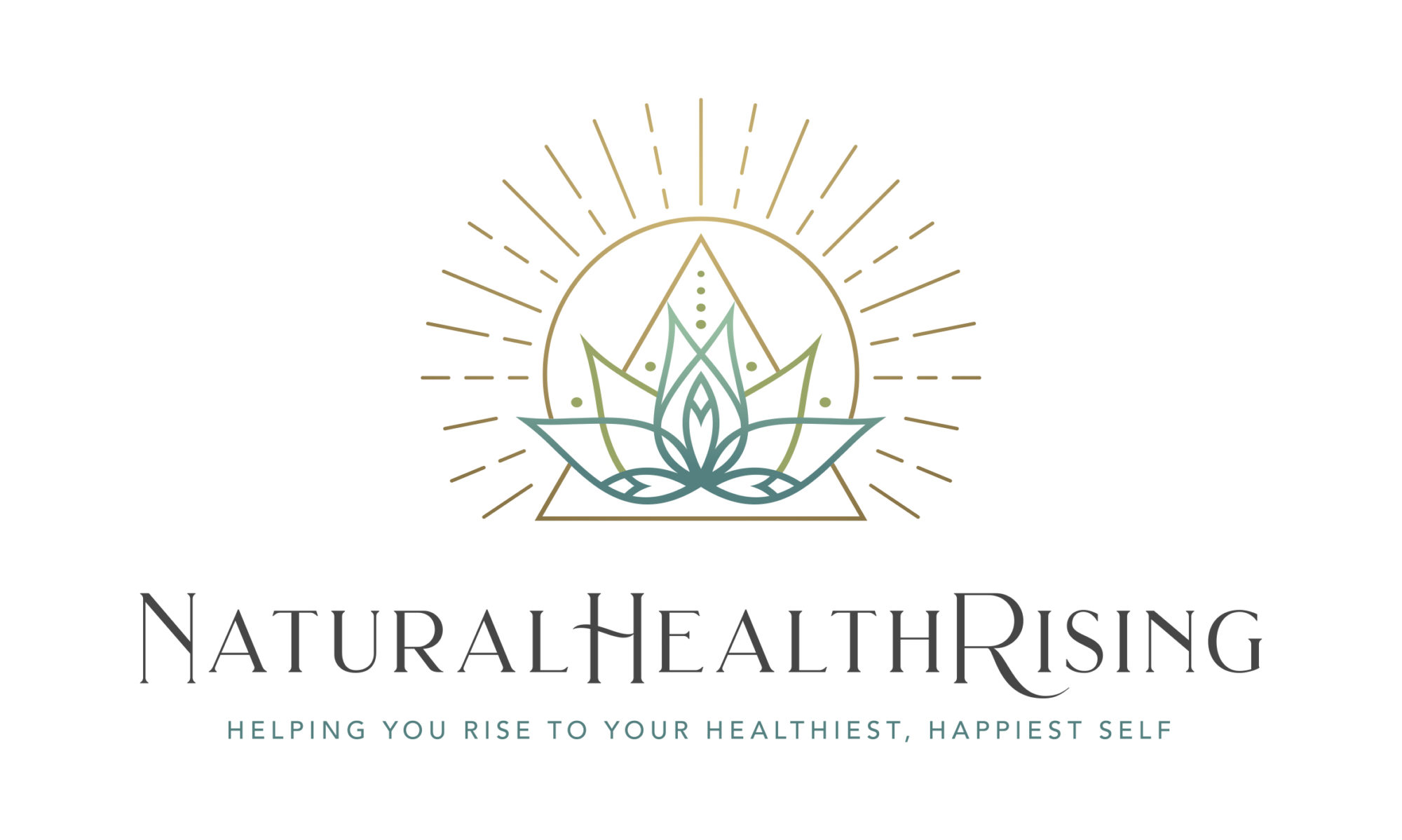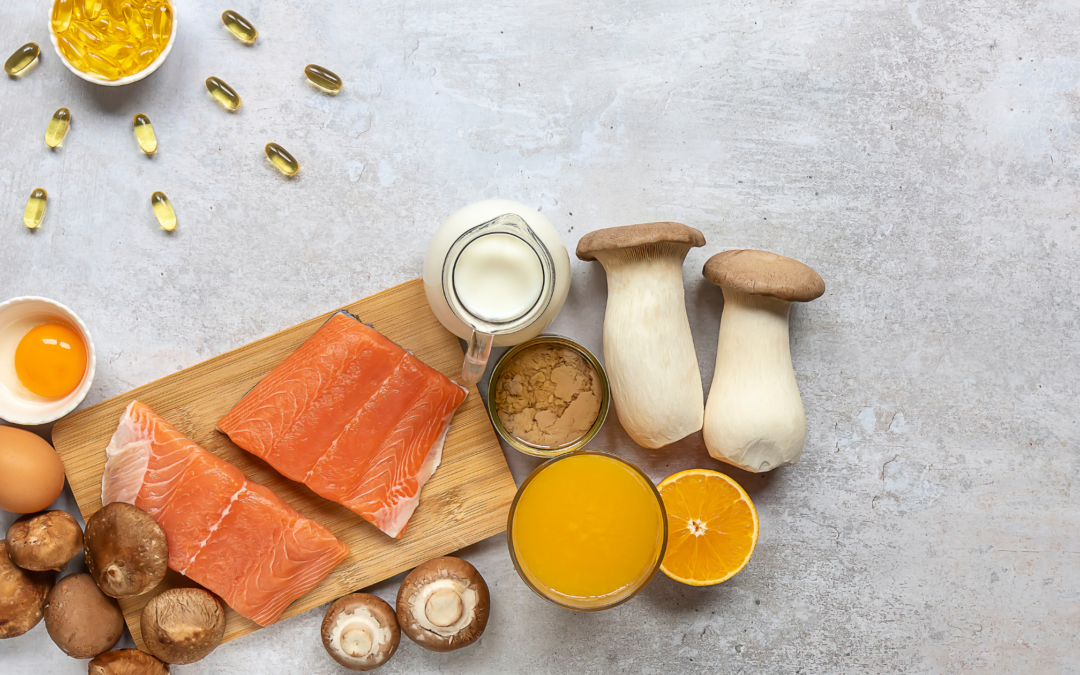Many people rave about the benefits and importance of Vitamin D. However, they often forget to mention the importance that other minerals and vitamins play in the process of producing and utilizing this vitamin properly.
Vitamin D Creation in Humans
Vitamin D is fat-soluble and can come from fatty fish and eggs. In spite of this, humans create it most of the time via ultraviolet light band b (UVB) exposure to the skin. More than 90% of systemic Vitamin D comes from the skin and only 10% from food [1]. Vitamin D turns into a compound in the liver. Then, this compound breaks down into the most active form of vitamin D (calcitriol) in the kidneys.
Relationship with Calcium Absorption
Vitamin D increases intestinal calcium absorption from the food and supplements you consume. When you don’t consume enough calcium, Vitamin D will pull calcium from your bones. This happens in order to maintain adequate calcium levels in the blood. Deficiencies can lead to osteoporosis and are closely associated with tumors, diabetes, autoimmune diseases, and psychiatric disorders. [1] [2]
Relationship with Magnesium
Magnesium assists in the activation of Vitamin D to regulate calcium and phosphate levels in order to influence the growth and maintenance of bones. To explain, magnesium acts as a cofactor in the enzymatic reactions of Vitamin D in the liver and kidneys. Deficiency in either of these nutrients is associated with skeletal deformities, cardiovascular diseases, and metabolic syndrome. [3] Basically, a lack of magnesium will shut down the body’s process of forming and utilizing this vitamin.
Vitamin K Types, Functions, and Sources
Vitamin K is also a fat-soluble vitamin that exists in two forms. You can find vitamin K1 in green leafy vegetables. Vitamin K2 is found in natto (fermented soybeans) and animal products and is produced by lactic acid bacteria in the intestines. Vitamin K1 regulates blood clotting. Meanwhile, vitamin K2 regulates osteocalcin, a calcium-binding protein. We need osteocalcin to promote the accumulation of calcium in bones and teeth. Vitamin K2 also regulates Gla protein, which inhibits calcification. It also prevents calcium from accumulating in soft tissues like blood vessels and the kidneys.
Vitamin K Health Benefits
Insufficient levels of vitamin K2 are associated with cardiovascular disease and osteoporosis. [2] Scientists associated the intake of Vitamin K2, but not K1, with lower risks of aortic calcification, cardiovascular disease, and cardiovascular mortality. [4] [5] Moreover, in a 3-year randomized controlled trial, 180 micrograms per day of vitamin K2 in the form of MK-7 helped mitigate postmenopausal bone loss over a placebo group. [6] Vitamin K2 has been shown to normalize blood glucose and reduce anxiety and depression in mice with metabolic syndrome. [7] Overall, vitamin K, specifically the K2 form, has a wide array of health benefits.
Relationship with Vitamin K
Although Vitamin D is able to regulate levels of calcium in the body, it’s Vitamin K’s role to make sure that calcium gets put back into the bones and teeth where it needs to be. This is why it is so important to obtain a balanced amount of these Vitamins. Don’t make the mistake of over supplementing with Vitamin D without even considering Vitamin K2, and remember that magnesium plays an important role in this whole process as well.
Dietary Sources of Vitamin D and Vitamin K
In order to get Vitamin D in your diet, you can consume the following foods:
- egg yolks
- salmon
- herring
- sardines
- mackerel
- red meat
- liver
In order to get Vitamin K2 in your diet, you can consume:
- natto
- beef liver
- goose liver
- egg yolks
- dark chicken meat
If supplementing with vitamin K, it is best to choose K2 MK7 which is the most bioavailable form.
Sunlight Exposure
90% of our systemic Vitamin D comes from sunlight exposure. I recommend getting sunlight exposure with minimal clothing and no sunscreen for 10-30 minutes in midday to get Vitamin D through the skin. You can read about why I never wear sunglasses under the sun here. Nevertheless, be mindful of your location to the earth’s equator and how sensitive your skin is, and be sure not to burn.
You can use the app called dminder which tells you how much Vitamin D you are getting based upon location, and helps protect yourself from burning. Don’t live in a place with sunshine? You may want to consider a Sperti Vitamin D lamp.
Optimal Levels of Vitamin D
You should check your levels with your doctor before supplementation. The optimal ranges are closer to 80 ng/mL.
How to Consume Vitamin D and Vitamin K for Maximum Benefits
Since these vitamins are both fat-soluble, we will absorb them best when we consume them with fats. If you are taking supplements, make sure you take them with a meal that has fats like olive oil, avocado, coconut oil, fatty fish, or any of your favorite healthy fat-containing foods.
Magnesium Sources and Supplementation
In order to get magnesium into your diet, you can consume the following foods:
- pumpkin seeds
- almonds
- cashews
- spinach
- dark chocolate
- avocados
- bananas
- salmon
However, most people are magnesium deficient. This is because of the lack of magnesium in our soils and because of the massive amounts of stress we are under. [8] When we are under stress, our bodies utilize much more magnesium. There are over 600 enzymatic reactions in our bodies that require magnesium. So, it’s usually a good idea to supplement with it as well as consume it in your diet. [9] For supplementation, I like magnesium citrate or glycinate. Always consult with your doctor before taking any supplements.
References
https://www.ncbi.nlm.nih.gov/pmc/articles/PMC5440113/ [1]
https://www.ncbi.nlm.nih.gov/pmc/articles/PMC5613455/ [2]
https://pubmed.ncbi.nlm.nih.gov/29480918/ [3]
https://pubmed.ncbi.nlm.nih.gov/15514282/ [4]
ps://pubmed.ncbi.nlm.nih.gov/18722618/ [5]
https://pubmed.ncbi.nlm.nih.gov/23525894/ [6]
https://pubmed.ncbi.nlm.nih.gov/28068285/ [7]
https://www.ncbi.nlm.nih.gov/pmc/articles/PMC7649274/ [8]
https://pubmed.ncbi.nlm.nih.gov/25540137/ [9]


Recent Comments